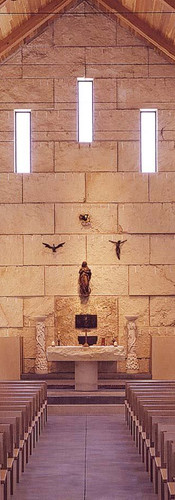Limestone Specs
- arqdiary
- Sep 24, 2022
- 1 min read
Formed in rivers oceans and lakes over a long period of time, Limestone is a sedimentary rock formed for interior and exterior cladding. Limestone typically contains animal and vegetable remains which form fragments of stone used in construction and architecture for centuries till today; with popular examples being the ancient pyramids of Egypt and the emergence of contemporary architecture. It is used mainly on walls and flooring, boasting of high levels of strength and heat resistance.
Limestone is quarried and prepared into various forms for use; mainly as masonry, walling/paving, block stone and aggregates. Masonry stone is the most diverse of them, offering maximum versatility with sizes and moulds. Providing designers and other construction professionals with a wide range of spec including cill/jamb, quoins, mullion, keystone, plinth course, corbel, kneeler, stone wall capping, gable vent, stone balustrade and per cap amongst others.
There are a variety of reasons why limestone is more preferred in the construction industry. these include its ease to shaping, high strength and density. These ensure that the end structures are compact and highly resistant to stress and other conditions externally. The end result is a safe and long-lasting piece of architecture that will resist corrosion, stand strong through weather patterns and other global changes.
Cutting edge technology has adapted and simplified the modifications and specification process of Limestone production. There are 3D software that allow scans of existing buildings which then allow accurate replications of any reconstruction or restoration work. Limestone is now cut to order with maximum versatility properties such as sizes and moulds to aid designers in capitulating their ideas in the most elegant and durable forms.



























Hozzászólások